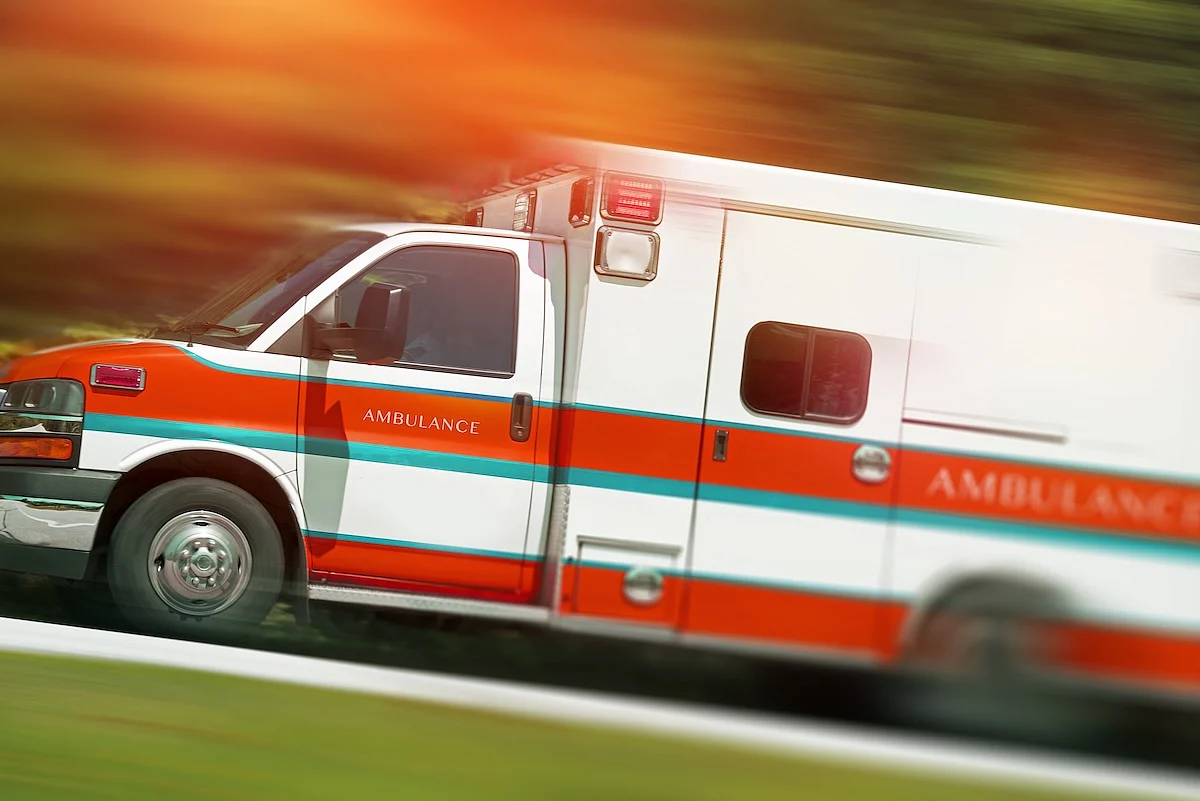Due to a recent change in our pharmacy software system, the process for submitting refill requests online has now changed.
Our previous mobile app and your current login credentials will no longer work.
Please click the My Pharmacy tab then Patient Portal to begin the new process.
Thank you for your patience during this transition.
Get Healthy!

- Posted August 15, 2025
Study Finds Redlined Neighborhoods Face Delays in Emergency Care
People living in neighborhoods once labeled “hazardous” on federal housing maps are still more likely to wait longer for an ambulance, new research shows.
Rutgers University researchers who analyzed 236 U.S. urban areas found that 7.06% of residents in historically redlined “Grade D” areas lacked quick access to emergency medical services (EMS).
That compared to 4.36% in “Grade A” neighborhoods favored by lenders nearly a century ago.
The gap existed in every U.S. region, the study found. It was especially wide in the Great Lakes region, where residents of redlined neighborhoods were nearly three times as likely to live outside a five-minute ambulance reach.
“Location alone determines whether people get the rapid care that saves lives,” said Dr. Cherisse Berry, a professor of surgery at Rutgers New Jersey Medical School in Newark who is also a trauma surgeon.
Overall, researchers found that 2.2 million people — or 5.34% of the 41 million living in mapped areas — cannot count on an ambulance arriving within the five minutes benchmarked by the National Fire Protection Association for critical calls.
The odds of response times exceeding five minutes were 67% higher in redlined neighborhoods, researchers explained.
The study — published Aug. 5 in JAMA Network Open — used historic Home Owners’ Loan Corporation (HOLC) maps, 2020 U.S. Census data and modern traffic information to measure driving times from more than 42,000 EMS stations.
HOLC grades — green for “best,” blue for “still desirable,” yellow for “declining” and red for “hazardous” — were used in the 1930s to guide mortgage lending. While outlawed in 1968, these guides have had lasting effects, researchers noted.
Today, historically redlined neighborhoods often have higher Black and Hispanic populations, lower median incomes and higher population density than areas with better HOLC grades, the researchers explained.
Every 10 minute delay in hospital arrival can raise trauma death rates by 8%, Berry said. As such, focusing on improving emergency response in these neighborhoods could have immediate benefits.
“It is time to dismantle the structural determinants of health that perpetuate preventable deaths," Berry said in a news release.
"Historical redlining and other discriminatory policies have hardwired inequities into our emergency response systems, leaving racially and economically marginalized communities to wait longer for lifesaving care," she said.
Solutions should include embedding "equity metrics" into EMS policy, investing in historically excluded neighborhoods and holding agencies accountable for equitable access, Berry said.
“National and state health policy must treat equitable EMS access as a non-negotiable public health standard, ensuring that the ZIP code where someone is injured never determines whether they live or die,” she said.
Even a minute or two saved could make a life-and-death difference, Berry explained.
It's important to note that the study focused on estimated travel times, not actual EMS records, so factors like dispatch delays or hospital hand-offs weren’t part of the analysis.
Still, a University of Chicago team that wrote an accompanying editorial said the findings offer a “road map” for addressing these inequities.
More information
Lifeline EMS has more on emergency response times.
SOURCE: Rutgers University-New Brunswick, news release, Aug. 13, 2025






